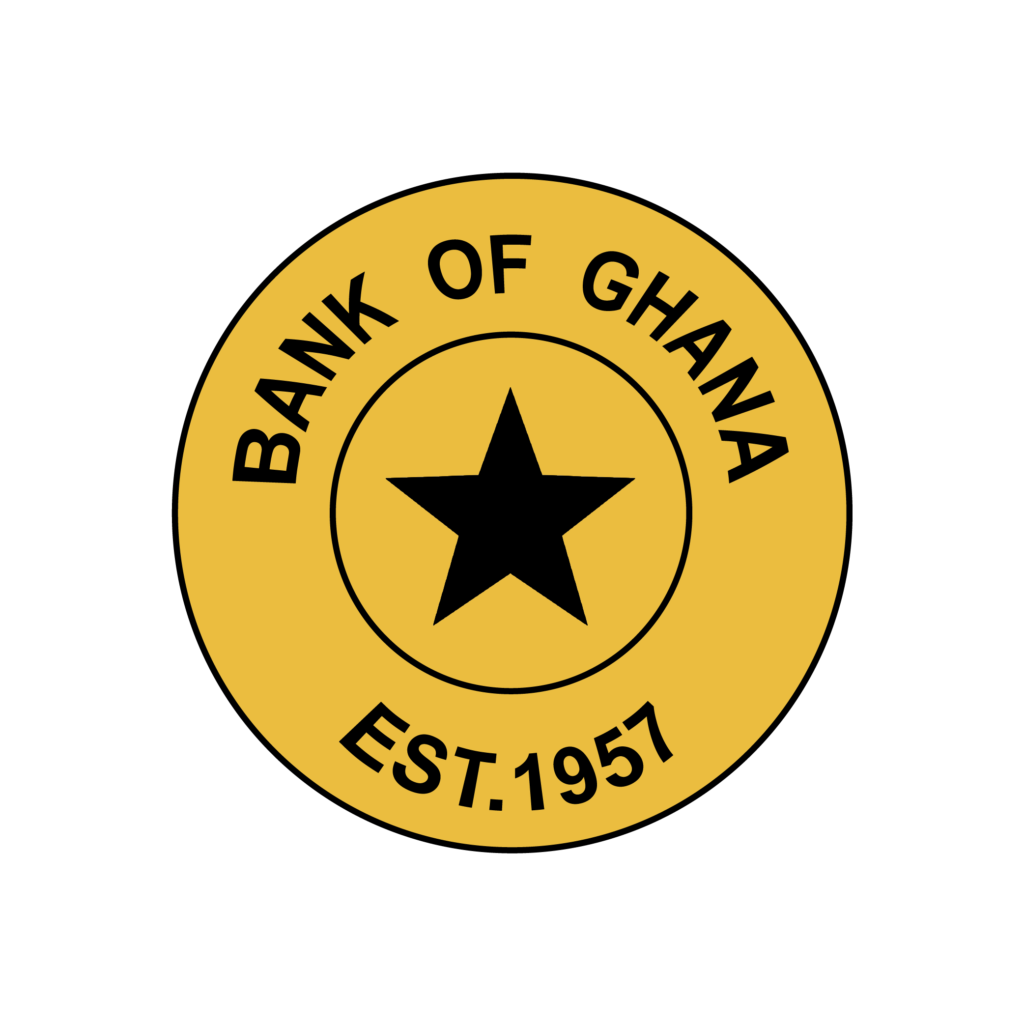
BoG Forecasting and Policy Analysis System
In 2002, when the Monetary Policy Committee (MPC) process got underway with a need to incorporate forecasting into the work of the Committee to inform future evolution of macroeconomic outcomes and guide the decision-making process under the forward-looking inflation targeting-lite regime. Starting with a simple Auto-Regressive (AR) model and Vector Error Correction Model (VECM), the forecasting process evolved to a small policy-focused structural Econometric Model (E-MOD) in 2005. Subsequent to that the E-MOD became the focal model, which provided a basis for policy discussions at the MPC meetings during the early stages of the inflation targeting (IT) regime. This version of the model used in 2005 has undergone various modifications and iterations and customized for the Ghana specific situation
This document provides detailed information on the structure of the macroeconomic model used by the Bank of Ghana in forecasting macroeconomic indicators and in arriving at decisions. The model captures the main sectors and transmission channels of the economy and captures all macroeconomic relationships. It is important to note that the macroeconomic relationships are not stand-alone. The macroeconomic indicators impact each other like in a network with multiple connections and effects, all occurring simultaneously. A system, like the model provided, brings together all these relations coherently addresses issues regarding what the central banks need to do to bring inflation back to target.
In addition to helping provide a basis for policy discussions, the publication of the model goes a long way in satisfying an important element of the transparency and communication aspect of the Banks Inflation Targeting framework of monetary policy. Within the inflation targeting framework, policy actions can be predictable only if the Central Bank reveals its analytical framework, sources of information and method of aggregating this information. Market participants should be able to come up with roughly the same inflation forecast as the central bank using the given model and given the same data set.
